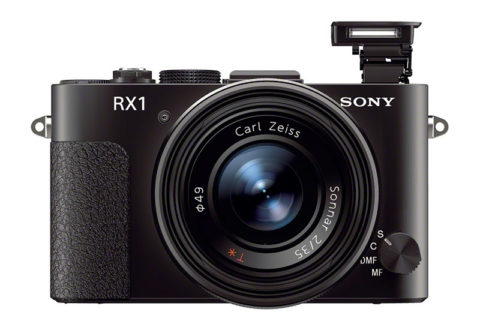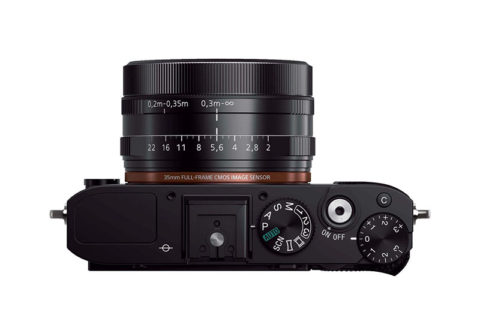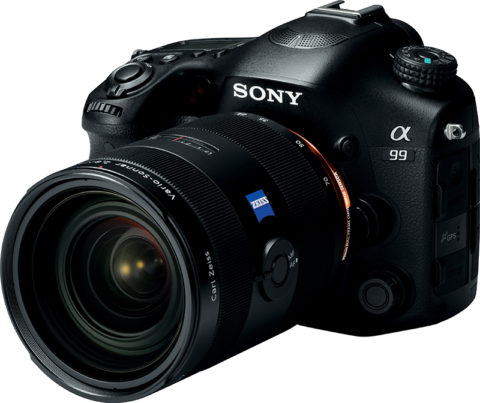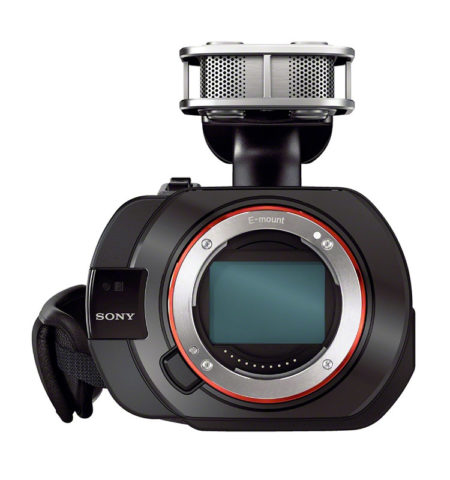Sony gets creative with full frame sensors
Since Sony’s acquisition of Minolta, they’ve been throwing cameras at the market to see what sticks. This year in a lot of ways is no real exception. It’s safe to say that off all the camera companies, Sony is clearly the most willing to be adventurous with their products. A full frame fixed lens compact, who would have thought?
DSC-RX1 – Full Frame Compact
Talk about out there ideas; cram a full frame sensor and a 35mm lens into a “pocketable” compact camera. Though personally I find the RX1 to be massively over priced (estimated retail price is $2800), for what it is. Though many would argue that it’s not priced any differently than either of the above mentioned entry level full frame SLRs and a 35mm lens. To me the lack of flexibility that you give up to get that smaller fixed lens, makes the camera worth a lot less—doubly so since I’m not really a wide-normal kind of shooter to start with.

That said, it’s hard to argue that the RX1 isn’t novel and the controls look decently usable. You have a aperture ring around the lens, and easy access to both a physical exposure compensation dial and a programmable secondary dial on the rear for shutter speeds. As well as a manual focus (focus by wire) ring on the front of the lens.

From the interesting and novelty stand point the RX1 is definitely the most interesting thing going by far. The biggest downside to the RX1 is actually the accessories; though they’re certainly not required. For those like me who don’t like shooting P&S style with a big LCD, an EFV will run you an additional $450. The matched optical viewfinder add on is $600. And simple niceties like a thumb grip, lens hood and case will be $250, $180 and $250 respectively.
The question will be at nearly $3000 for just the camera, and between $3930 and $4080 full tricked out, how well the RX1 really do on the market is a lot harder to predict. I would certainly love to have one to play with, but at the same time, the almost $4000 fully loaded price goes a long way towards a 1DX.
NEX-VG900 – Full Frame Camcorder
Following the RX1 in the interesting product list is the NEX-VG900. The VDSLR market as taken off in part because it allows for incredibly shallow depth of field and a massive amount of light collection capabilities compared to the smaller super-35mm format sensors.
I don’t have a lot to say about the VG900, in part because I’m not at all familiar with it beyond what the press release has said. One thing it does demonstrate is that a full frame sensor can be put behind Sony’s E-mount. At least in theory, that opens the door to a potential full frame NEX compact-interchangeable lens mode in the future.
Alpha SLT-A99
The least interesting of Sony’s announcements is the Alpha SLT-A99, which quite honestly is little more than the full-framification of Sony’s existing fixed mirror, electronic viewfinder SLT.

The A99 adds a couple of interesting points, it’s 19-point, 11-cross type, pure phase detect af system is backed by a 102-point phase sensor overlaid on the imaging sensor itself. Sony claims that with the fixed, partially-silvered mirror the camera can use the two AF systems in conjunction to increase tracking performance when the subject leaves the frame—their words not mine, I can only presume they mean the AF frame not the image frame as I see no physical way you could continue to track a subject after it leaves the frame with any reliability.
The other unique feature to Sony’s new AF system is the ability to specify the close and far distances that the AF system will operate over. Something like an unlimited, user selectable focus limiter. Like many of Sony’s features, while I can see the utility for this in some circumstances, I’m not sure that in practice it won’t be much more than a feature to tick off on the box side in the never ending features arms race.
Quite honestly, I’ve never really been a fan of Sony’s cameras—or Sony at all. That said, I can’t fault them for coming back to the market again and again with novel products and features that would be nice to have in other manufacturer’s cameras. In a way it’s somewhat frustrating that Canon and Nikon are so loath to incorporate even the simplest software oriented features like the A99’s focus distance limiting.
